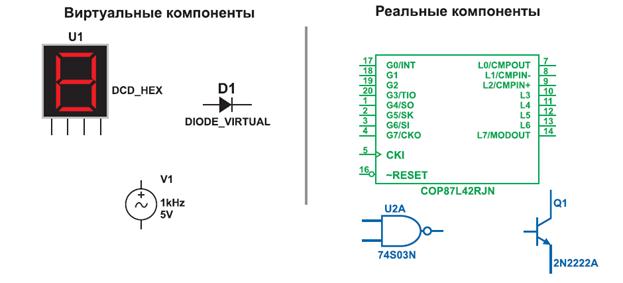The difference between the gerund and the participle I
Practice grammar point ` gerund`. A Put the verbs into infinitive or gerund. 1 Don’t forget … (lock up) when you go out. 2 He’s not expecting her … (phone) him tonight but he hopes she does. 3 Asel’s always complaining about … (work) too hard. 4 It’s snowing outside. Would you prefer … (stay at home)? 5 Anel has always dreamed of … (live) in the country. 6 Arlen has invited us … (stay) for the weekend. 7 Zhanar doesn’t mind … (stay) at home to look after the child. 8 It’s very nice in London but she misses … (see) her parents. 9 Our teacher told us … (not leave) the classroom before the bell. 10 Has your brother decided … (take) that job? B Complete the sentences putting the verbs into gerund or to – infinitive. Asel and La zz at, two friends, are talking: A: Would you like to go out (go out) for a meal tonight? L: Yes, that would be nice. I just need … (have a shower). A: Shall we go to Tropicana? L: I’d prefer … (go) somewhere else. Don’t you remember … (send) the food back last time we went there. It was terrible. A: Oh, yes, I’d forgotten. We decided to stop … (go) there, didn’t we? L: Yes, we did. I’ve got another suggestion. Zhanar recommended … (try) that new Chinese restaurant. She said it was very good. We’ll go there, shall we? A: OK. That’s a good idea. C Complete the sentences with the correct preposition and gerund. 1 We’re planning … (expand) our company. 2 Their parents warned them … (buy) that car. 3 It’s lovely here. It’s a great improvement … (live) in that awful house. 4 Stop talking and get on … (write) your compositions. 5 The parents never approved … the children … (stay out) late. 6 We think they should apologize … (not tell) use the truth. 7 Asel seems very excited … (start) that new job. 8 We expect she’s very depressed … (lose) her job. 9 Are you thinking … (leave) her? DFill the gaps with gerunds from the list. Use each verb once only.
1 I like … every morning before breakfast. I like running every morning before breakfast. 2 After … their homework, they usually read books. 3They enjoy … on the beach. 4 Anel doesn’t like … with other children. 5. … is a fast way of …. 6Merei likes sport, especially … horses and …. 7 After … several times, she finally passed her exams. 8 We lay in bed and thought about … up. E Complete the sentences putting verbs into gerund, using a preposition from the list.
1 They talked … (go) to England for their holiday. They talked about going to England for their holiday. 2 We look forward … (see) Asel again next year. 3 The machine drove off … (stop). 4 This is used … (cut) vegetables. 5 They got into the flat … (climb) throw a window. 6 Are they interested … (join) the party? 7 They’re not interested … (hear) your excuses. 8 We’re tired … (work) for the company. 9 We’re very happy … Anel (come) home. 10… (open) the door, they walked slowly throw it. 11 The students are tired … (attend) to the game lecture every week. 12She’s very keen … (play) tennis at the moment. 13 They’re very good … (listen) to what people say. 14 We’re worried … Saule (get to the station on time). 15We are looking forward … (work) with her. VI Read the text again, find if there are gerund or participle I sentences and
|




